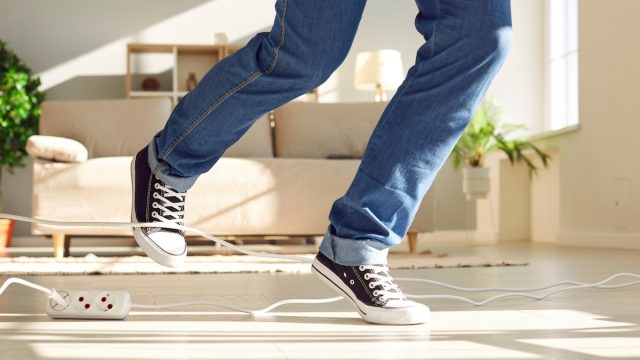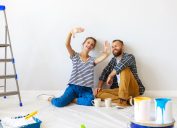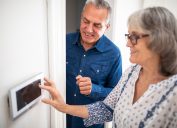24 Small Ways You're Making Your Home More Dangerous
It's time to ditch these bad habits before someone gets hurt in your house.
Whether you're paying down a mortgage or writing rent checks, your home is likely among your biggest monthly expenses. Unfortunately, for many people, the expenditures don't stop there. From utilities to insurance to unforeseen maintenance issues, the costs can quickly add up. And in some cases, these issues can affect not only your bank account but also your health. To help stave them off, we spoke to home improvement experts about the most common home hazards—and how to stop them. Read on for their advice about the small ways you're inadvertently making your home a more dangerous place.
READ THIS NEXT: 10 Mistakes You're Making That Keep Your House Cold, Experts Say.
24 Common Home Hazards
1. Not cleaning your lint trap and dryer vents frequently.
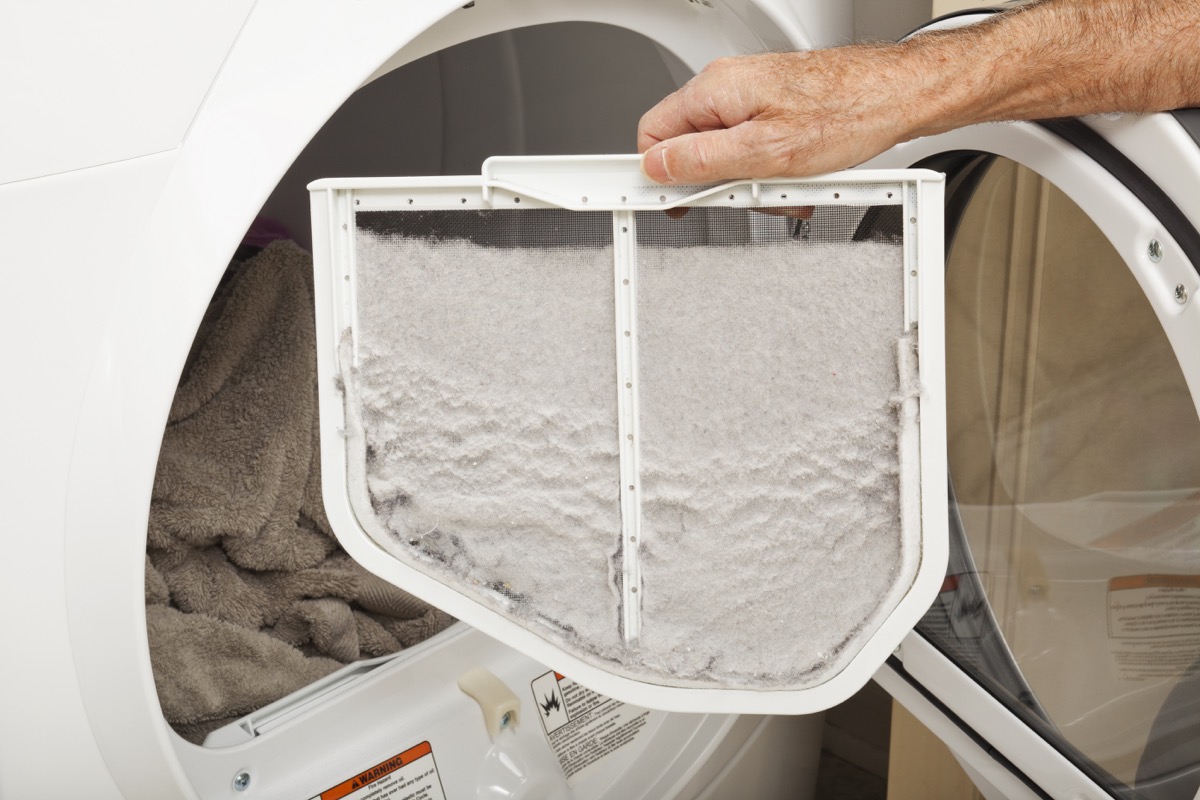
A little fuzz on your lint trap may seem like no big deal, but leaving it there could lead to some serious problems.
In addition to allowing moisture buildup, which can cause mold, "the buildup of lint or other debris blocking the vent can cause bacteria growth or harmful gasses to form like carbon monoxide," says Jason Kapica, president of Dryer Vent Wizard.
In fact, according to the Federal Emergency Management Agency (FEMA), there are 2,900 dryer fires each year that cause approximately five deaths and $35 million in property damage.
2. Not having your HVAC system professionally serviced.

Don't let a faulty heating, ventilation, and air conditioning (HVAC) unit pose a risk to you or someone else.
"It's important to ensure your heaters are in good working condition with clean filters and lubricated components to avoid thermoregulation issues and undue breakdown," Robert Johnson, marketing director at Coast Appliances, previously told Best Life.
According to the Electrical Safety Foundation International (ESFI), some warning signs of potential HVAC issues include clanking sounds, an increased energy bill without increased use, or a breaker that keeps tripping. They also recommend replacing your furnace if it's more than 15 years old and your air conditioner after 10 years.
3. Putting your appliances too close to one another.

If you don't have much countertop space, you're better off putting your appliances away when they're not in use instead of crowding your kitchen.
"It's important to leave a bit of unoccupied space around [appliances] so they can properly ventilate and you can avoid a potential fire hazard," says Frontpoint home security specialist Krysten Holland.
4. Fishing things out of the garbage disposal.
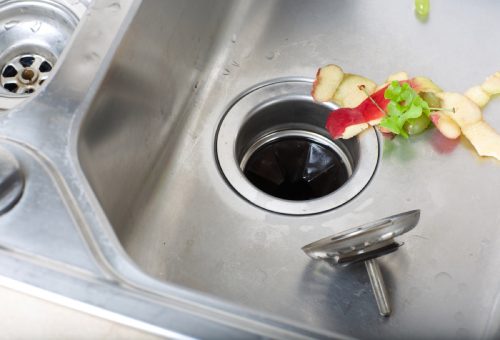
Even if it's your wedding ring that fell down the garbage disposal, do not place your hand inside.
"Unplug it or turn off the breaker and use a set of long tongs or pliers to retrieve the item," says Ron Shimek, president at Mr. Appliance. "If it's bound up, use the key in the key slot below the unit to free it. If you can't free it, call an expert."
5. Being careless with extension cords.
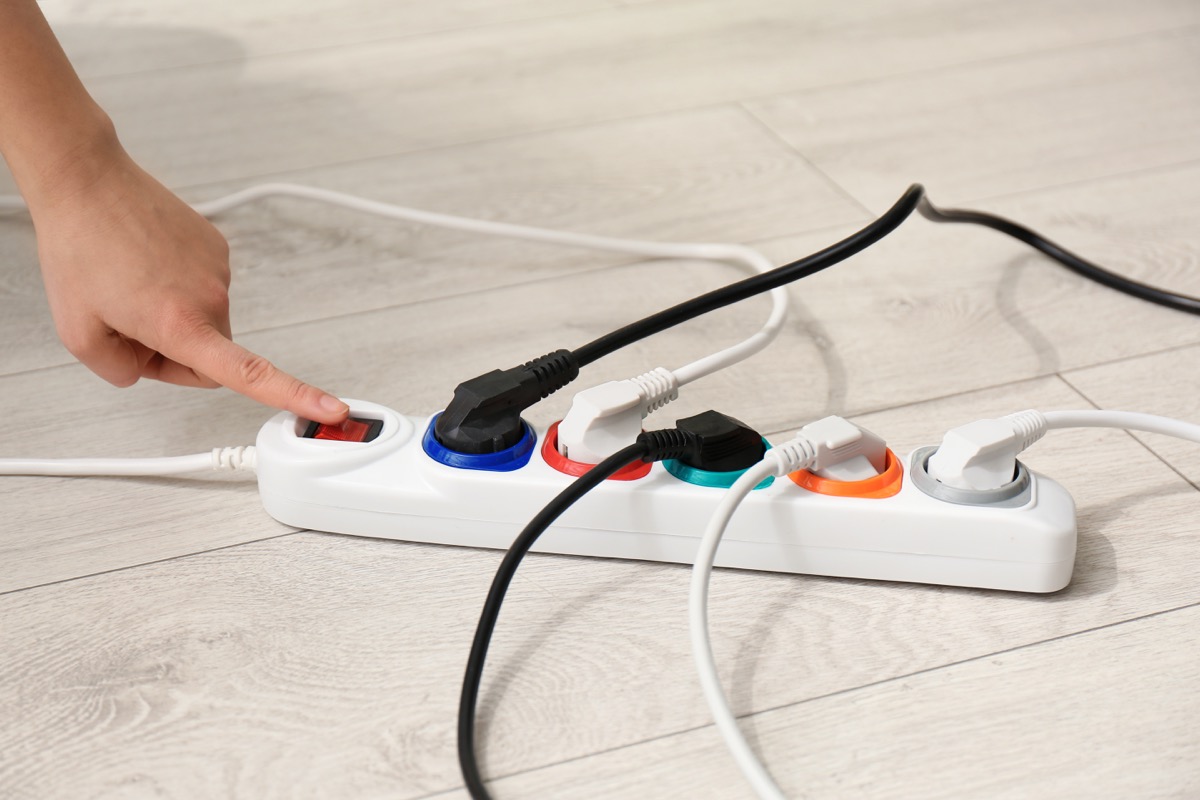
Extension cords left out in the open or concealed under rugs are a tripping hazard. They can be a fire hazard, too.
According to ESFI, extension cords cause approximately 3,300 house fires each year that result in 50 deaths and some 270 injuries.
One rule of thumb ESFI specifies is to never plug a heater or fan into an extension cord as it can "cause cords to overheat and result in a fire." They also advise homeowners not to leave cords near standing water or snow, not to overload them, not to plug them into one another, and not to run them through walls, floors, ceilings, or doorways.
READ THIS NEXT: 7 Plants You Can Buy That Are Actually Dangerous Invasive Species.
6. Replacing two-pronged outlets with three-pronged ones.
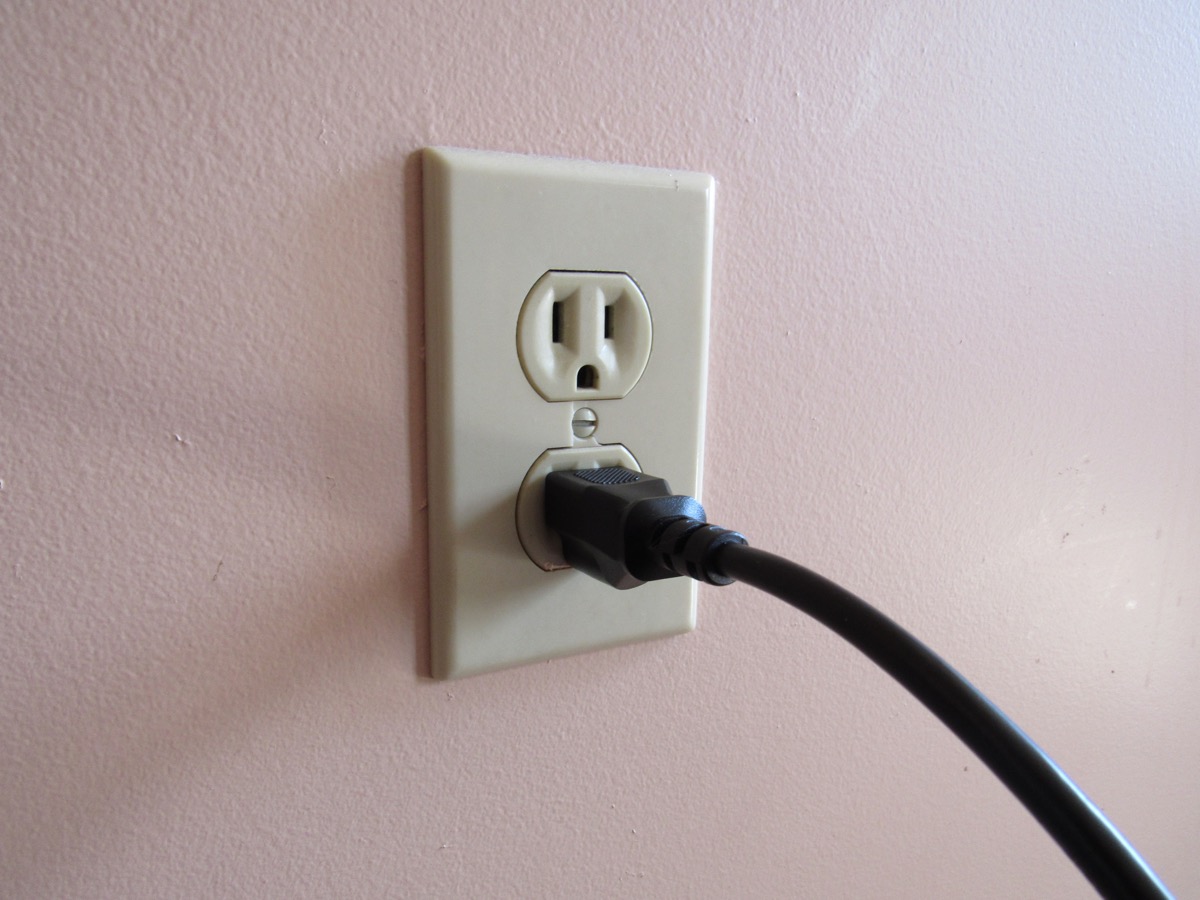
Having three-pronged outlets may make it easier to plug in your large appliances, but replacing your two-pronged ones with three-pronged ones isn't such a simple swap. In fact, it could be a dangerous one.
"[It's] a danger for the occupants who now believe the plugs are grounded," explains home inspector Andrew Watlon. And without a ground wire, an overloaded outlet has the potential to shock and cause an electrical fire.
7. Permanently sealing off vents.

Sure, those unused vents may make your home draftier and noisier than you'd like, but sealing them off completely could put you in harm's way.
Covering vents "means condensation issues down the road," which can eventually lead to the growth of toxic mold or rot that can cause structural issues, says Stephany Smith, part of the handyman crew at U.K.-based home improvement company Fantastic Handyman.
8. Stripping lead paint from your walls.

Yes, lead paint can present a serious health danger to everyone in your home, but the solution to this problem isn't as simple as stripping it away.
If you attempt to sand or chemically strip lead paint from your walls, "you will only spread the toxic particles in the air and pollute your home," Smith says. Instead, hire a professional to do any testing and abatement work for you to limit contamination.
9. Removing handrails.

You may be eager to open up the sight lines in your home by telling those bulky banisters that run alongside the stairs to hit the road, but doing so can be a dangerous proposition.
"Whether it be for kids, seniors, or whoever, a staircase railing is incredibly important for the safety of your home," says Tonya Bruin, CEO of Ottawa-based home improvement company To Do-Done, who notes that this can increase the risk of a serious—even deadly—fall.
In fact, one 2018 study published in the American Journal of Emergency Medicine found that from 1990 to 2012, nearly 25 million patients were treated for stair-related injuries.
10. Spraying air freshener.
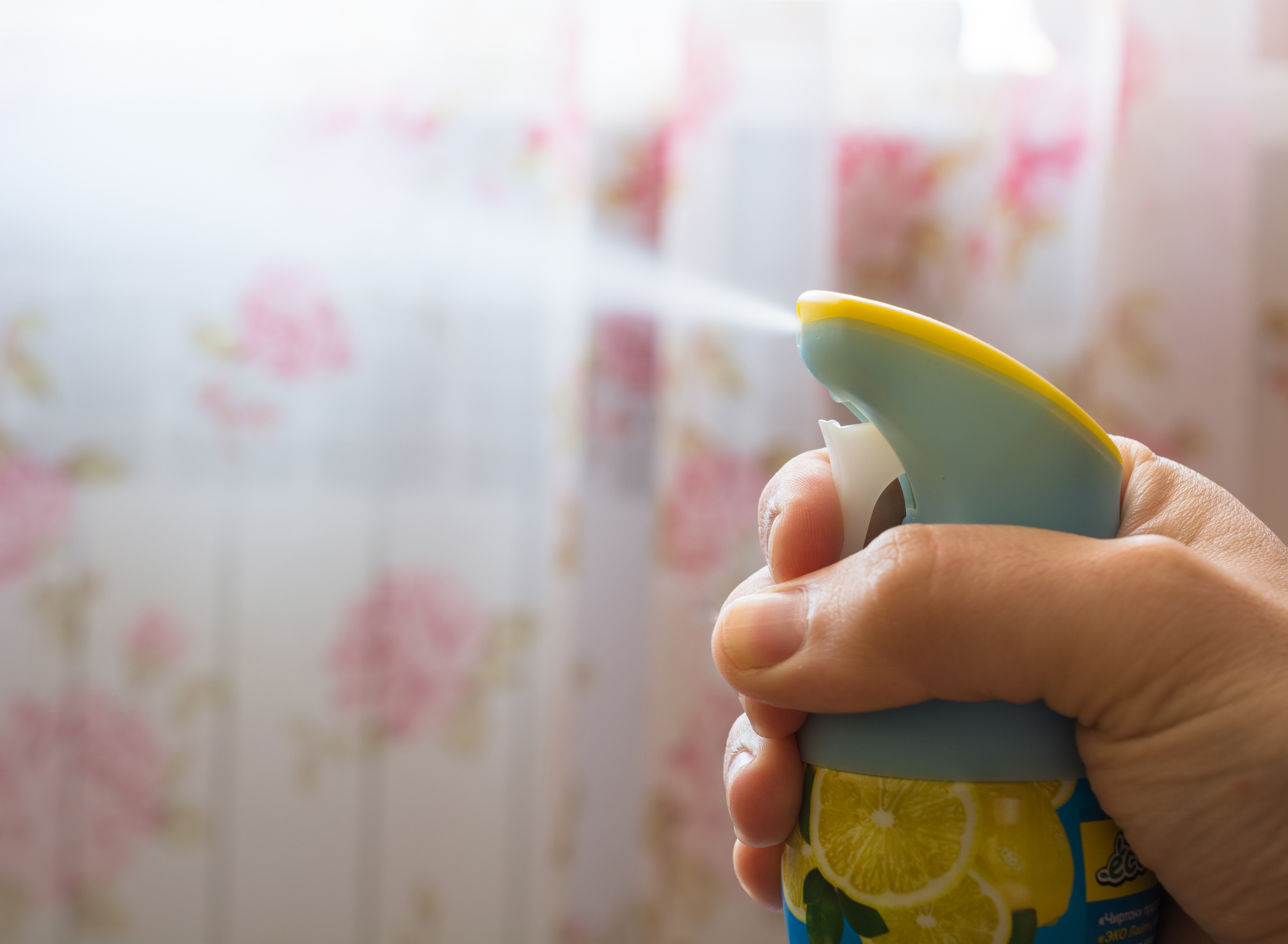
According to the American Lung Association, volatile organic compounds (VOCs) are harmful substances that are emitted into the air, causing everything from cancer to pollution.
And believe it or not, several of the aerosol spray products you have at home—including your cleaning supplies and air fresheners—contain these toxic VOCs. "Products that are labeled 'green' do not necessarily mean they are safer," the Association points out.
To ensure what you're using is safe, they recommend looking at the list of products that meet the U.S. Environmental Protection Agency's (EPA) Safer Choice requirements.
For more home advice delivered straight to your inbox, sign up for our daily newsletter.
11. Using oven cleaner.
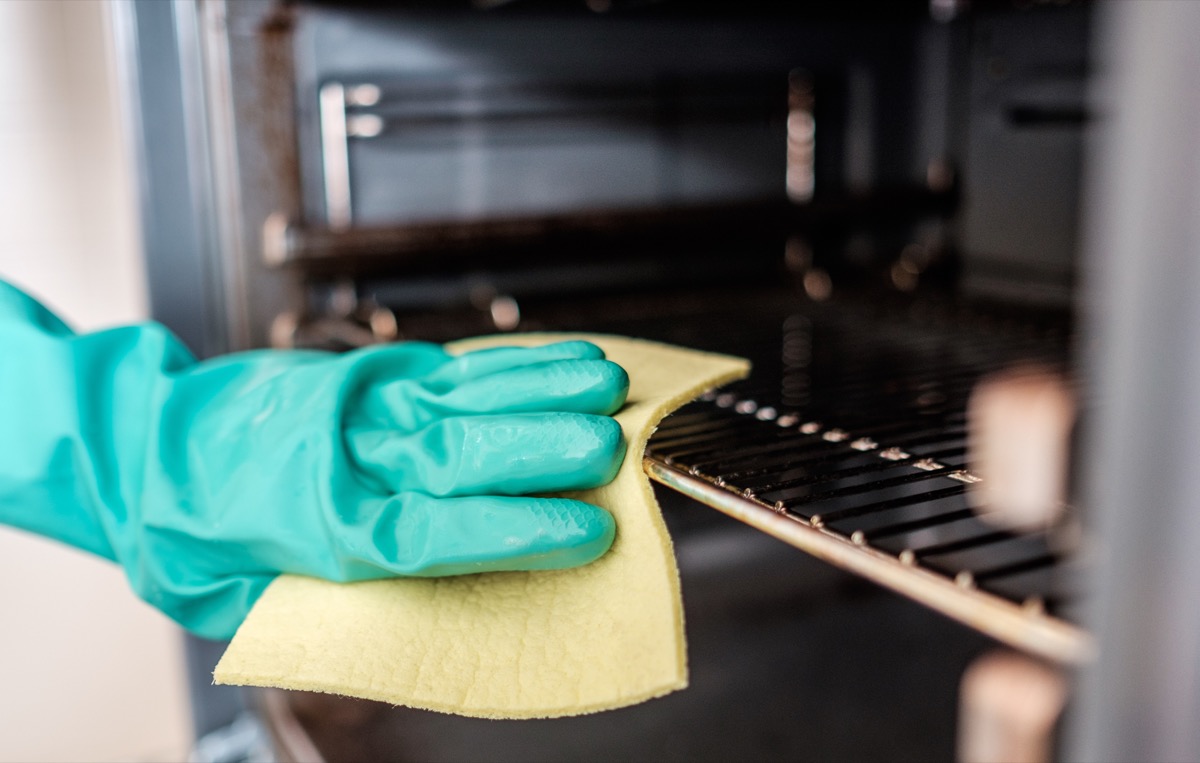
Since oven cleaner is meant to get rid of food that's been baked onto your oven for weeks, it's pretty caustic and corrosive.
Peter Michael, MD, health advisor and chief medical officer of VUE, previously told Best Life that it contains "a range of chemicals, including lye and ammonia," which can "cause skin and eye irritation and irritate the respiratory system if inhaled."
Shimek also warns against using chemical oven cleaners with a self-cleaning oven. "The residue left behind from the cleaner could release toxic fumes when you do put the oven into self-clean mode."
Instead, Shimek says to wipe or blot up small spills with a cloth or paper towel.
12. Cleaning with bleach.
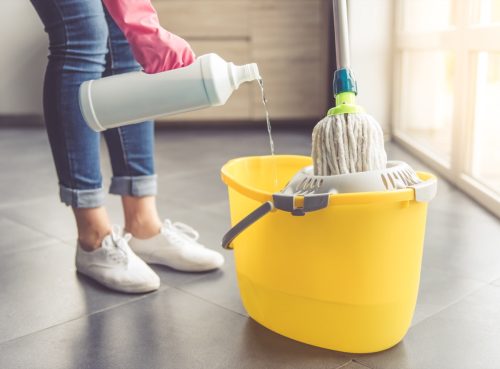
"Bleach is very strong, and direct exposure to it can cause burning and irritation to your skin and eyes, or respiratory problems and lung damage if there is a high bleach concentration in the air," Matthew Baratta, VP of operations at the commercial and industrial cleaning equipment company Daimer Industries, recently explained to Best Life.
To safely use bleach for standard day-to-day cleaning, the Centers for Disease Control and Prevention (CDC) recommend wearing gloves or eye protection, opening windows and doors to ventilate the space, and diluting the bleach. And absolutely never mix bleach with any other household cleaner or disinfectant.
13. Using chemical drain openers.
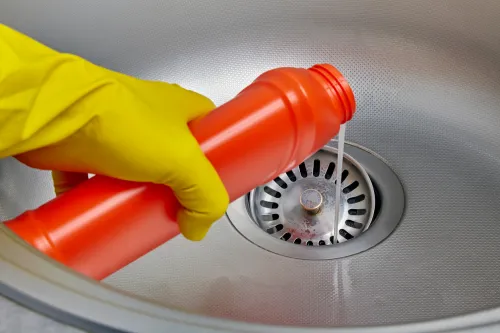
If you reach for that bottle of Drano or Liquid Plumber whenever your drain gets clogged, you might want to be more careful.
"In theory, chemical drain opener products are designed to clear clogs by creating heat," explains Doyle James, president of Mr. Rooter Plumbing. "However, this heat can result in temperatures that become hot enough to melt and corrode plastic pipes. Also, after the chemical cools, it hardens and creates hard build-up in pipes, oftentimes in the turns and connections of the line."
In addition, James notes that breathing in the toxic chemicals in drain cleaners can harm your respiratory system or even burn your skin.
14. Using a dirty sponge to wash your dishes.

Though you use it to clean your dishes, your kitchen sponge is one of the dirtiest things in your home.
One 2006 study published in Saint Martin's University Biology Journal notes that the bacteria found on sponges include E.coli, Salmonella, Klebsiella pneumoniae, and Enterobacter cloacae.
15. Not washing your pillows.
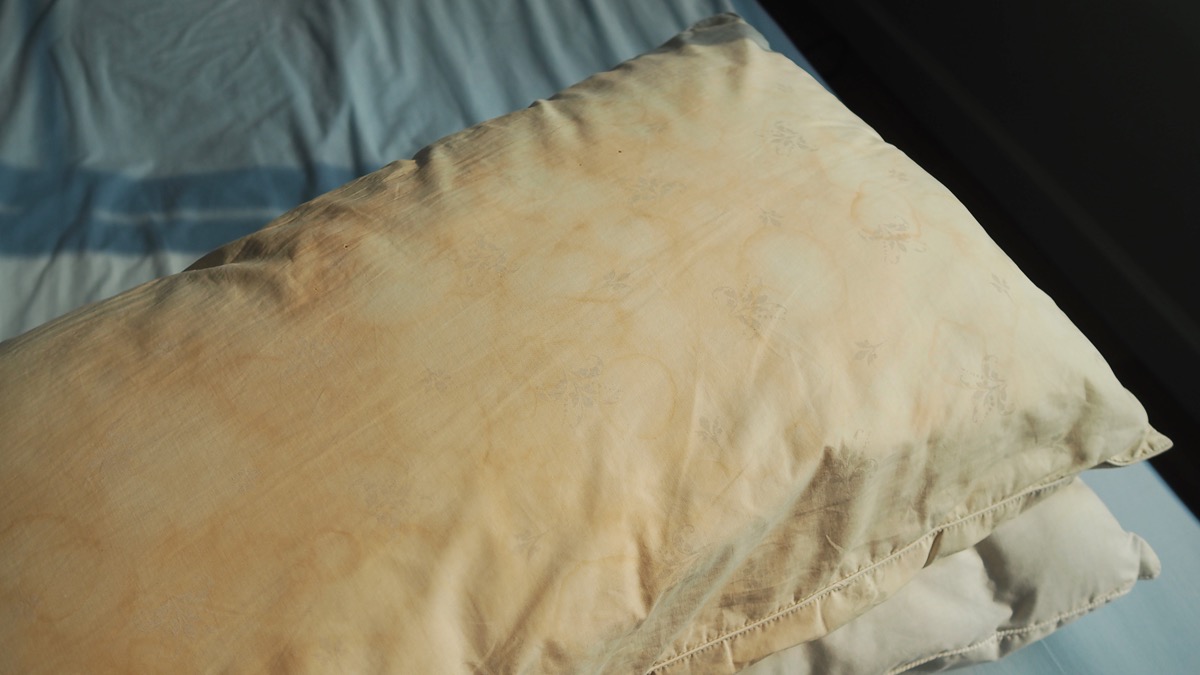
You probably wash your pillowcases frequently, but do you wash the actual pillow inserts?
In one 2005 study published in the European Journal of Allergy and Clinical Immunology, researchers swabbed 10 pillows and found various species of bacteria, the most common being Aspergillus fumigatus, which causes fungal infections; Aureobasidium pullulans, a common allergen; and Rhodotorula mucilaginosa, which can infect everything from your skin to your lungs.
READ THIS NEXT: 5 Hazardous Items Hiding in Your Garage, According to Experts.
16. Or your kids' stuffed animals.
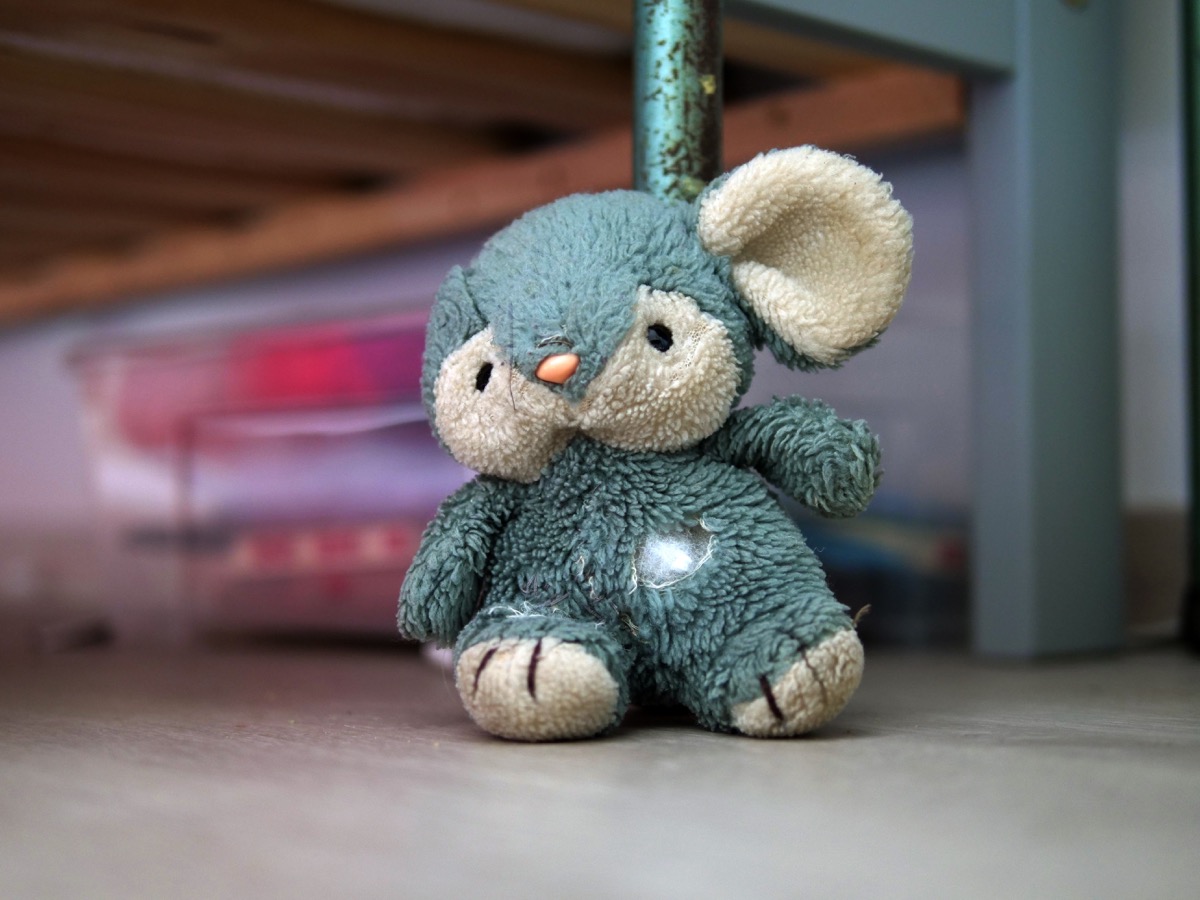
If you aren't washing your child's stuffed animals on a regular basis, you'll probably want to start.
Per a 2007 research paper titled "Home Environmental Health Risks" published in The Online Journal of Issues in Nursing, pesticides in the home can settle on children's stuffed animals and toys, which, when absorbed, can cause everything from nausea to seizures.
17. Leaving candles unattended.
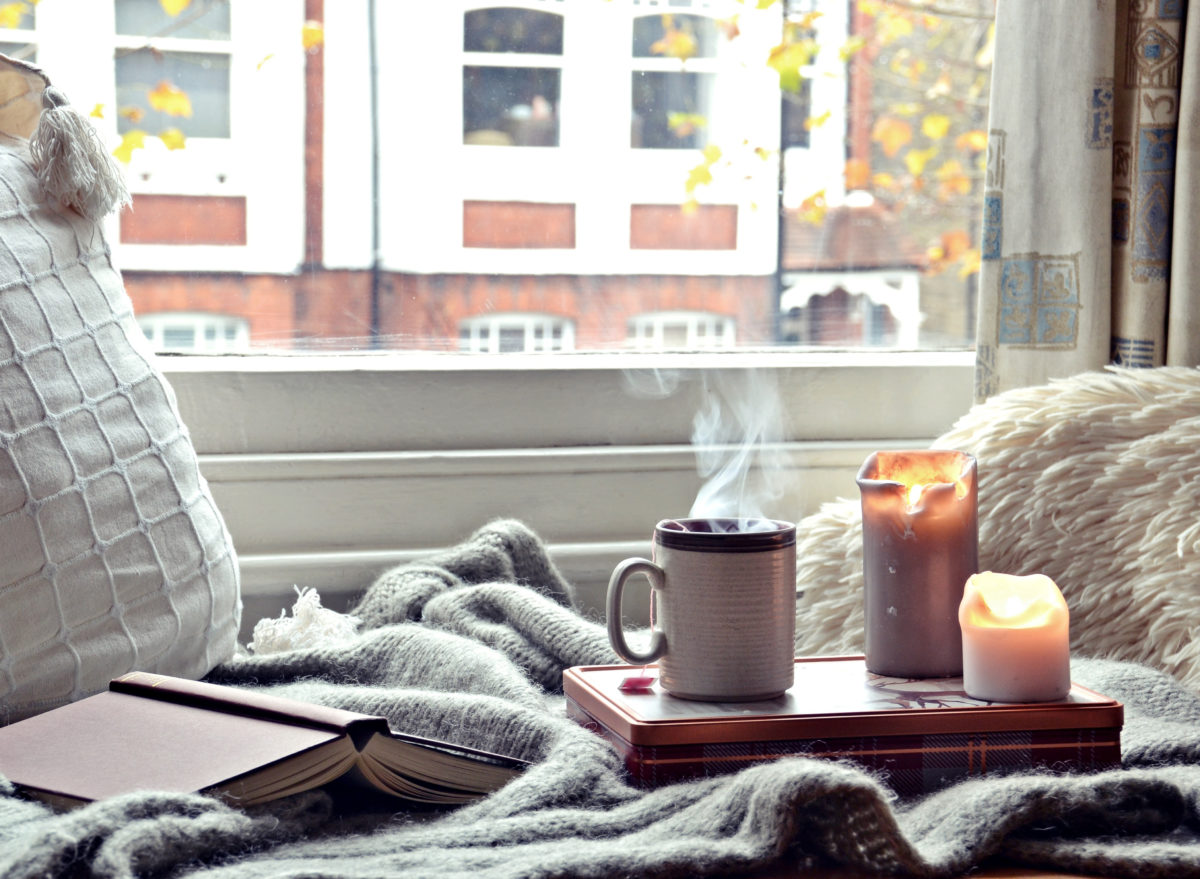
The National Fire Protection Association reports that from 2015 to 2019, an average of 20 candle-related fires occurred on any given day.
Keep your home safe by making sure candles are completely snuffed, matches are properly disposed of, and that you never leave a candle burning in a room you're not in or when you're sleeping.
18. Not securing your television.
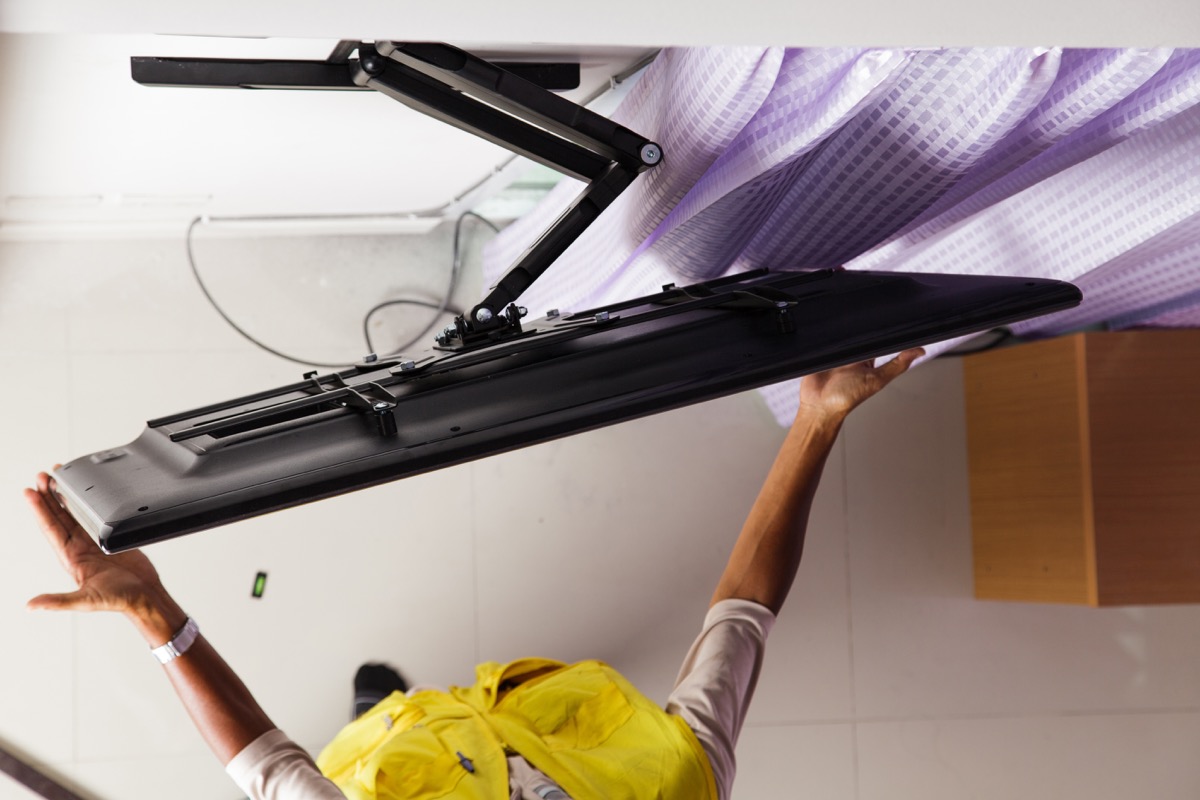
Even if you consider yourself pretty handy with a stud finder, you might want to double-check the installation on that flat-screen TV you mounted on your living room wall.
The U.S. Consumer Product Safety Commission (CPSC) notes that from 2014 to 2016, approximately 30,700 people went to the emergency room to be treated for tip-over incidents.
When in doubt, use special TV straps when hanging your television, and make sure your wall bracket is securely anchored. Or hire a professional to install it.
19. Not anchoring heavy furniture.

The CPSC shares with Best Life that heavy furniture tipping over was responsible for 592 deaths between 2000 and 2021. Of those, 81 percent were children under the age of 18.
To combat this hazard, the Commission created the Anchor It! campaign, which provides simple step-by-step guides for anchoring heavy furniture whether you're a homeowner or renter.
20. Using a space heater.
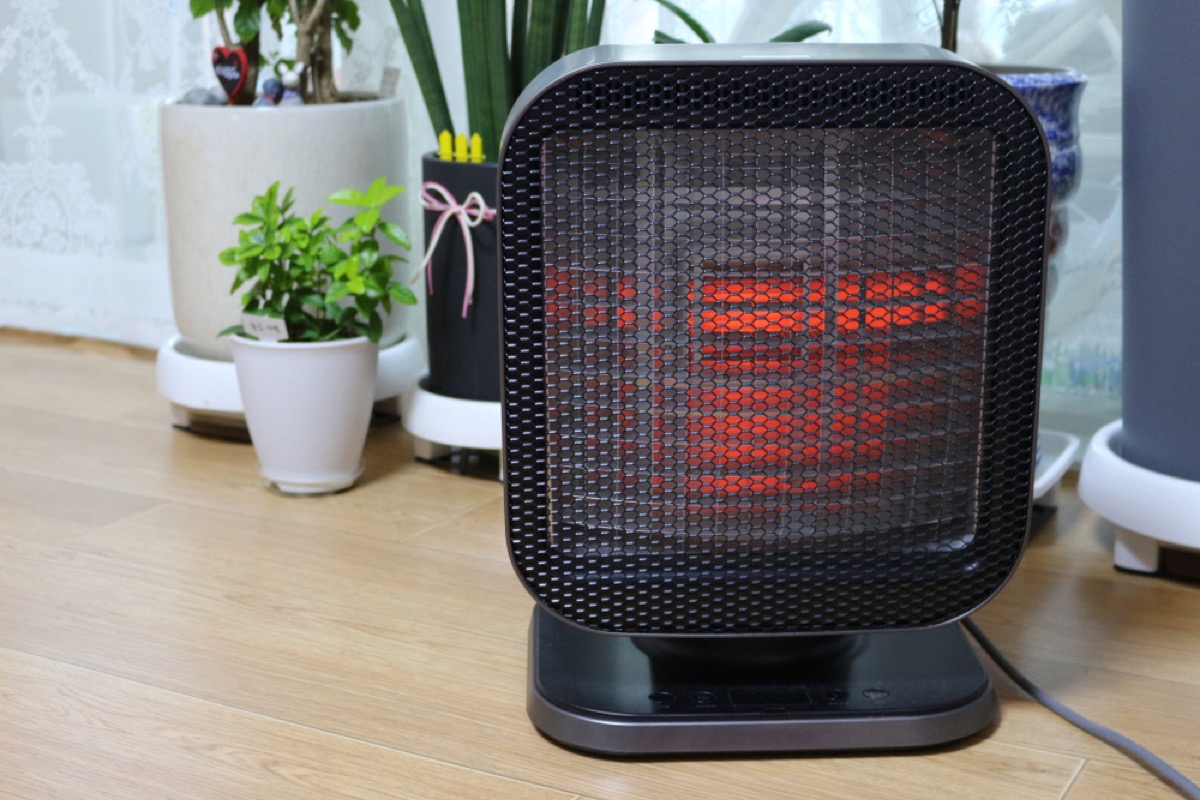
Don't let your pursuit of coziness land you in the hospital. According to the National Fire Protection Association, between 2016 and 2020, there were an average of 480 civilian deaths from fires caused by heating equipment—and 88 percent of those deaths "involved stationary or portable space heaters."
So if you own one, make sure it's far away from flammable materials, clean it regularly, and unplug it when you leave the room or go to bed.
And always plug it directly into a wall outlet, Christopher Haas, owner of Haas & Sons Electric, previously told Best Life. "They usually require or consume a lot of energy, which means a high electrical current. Having the current run through an ill-equipped extension cord or power strip can cause melting or even a fire."
READ THIS NEXT: 21 Ways You're Washing Your Clothes All Wrong, According to Experts.
21. Not installing a carbon monoxide detector.
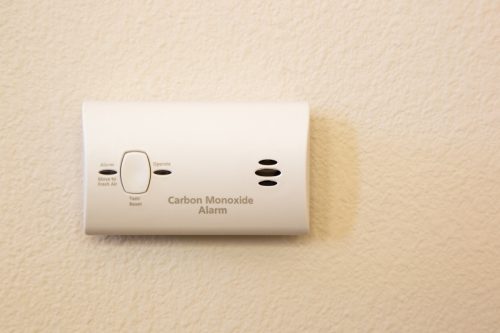
If your smoke detector does not have a built-in carbon monoxide (CO) detector, you'll want to get one as soon as possible.
"CO is called the 'invisible killer' for a reason," notes Karla Crosswhite-Chigbue, public affairs specialist and spokesperson at the CPSC, who adds that more than 150 people in the U.S. die every year from non-fire related CO poisoning associated with consumer products.
"Install battery-operated CO alarms or CO alarms with battery backup on each level and outside separate sleeping areas at home," she advises. "Test them to make sure they are working properly, and replace batteries if needed. Never ignore an alarm when it sounds. Get outside immediately, then call 911."
22. Using a portable generator too close to your home.
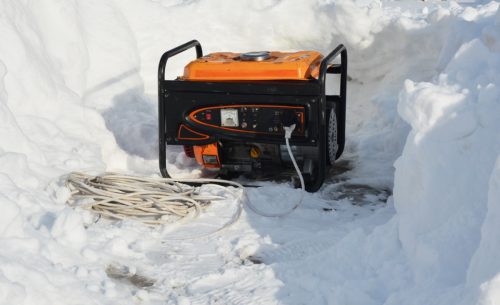
A portable generator should never be installed within 20 feet of your home, Crosswhite-Chigbue says, as it "can create the same amount of CO as hundreds of cars."
You'll also want to "direct the generator's exhaust away from the home and any other buildings, while keeping windows and other openings in the exhaust's path closed," she adds. And, of course, never use a generator anywhere inside, including your basement or garage, or on a porch or deck.
23. Leaving your pool easily accessible when it's unsupervised.
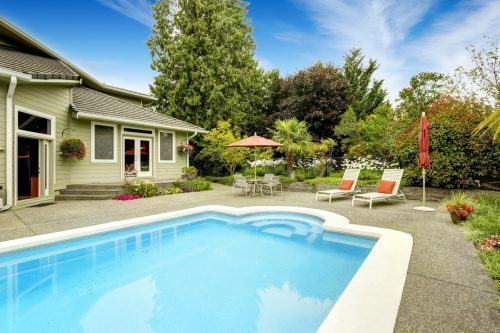
Having a pool at home may seem like the ultimate luxury, but in some ways, it's also the ultimate responsibility when it comes to home safety.
According to a 2018 report prepared by the CPSC, 45 percent of the estimated nonfatal drowning injuries sustained at a pool or spa between 2015 and 2017, involving children younger than 15 years old, occurred at a residence.
The good news is that there are easy fixes to this potential hazard. Install protective fencing around your pool, and use a pool cover when you're not swimming.
24. Trying to release your garage door manually.
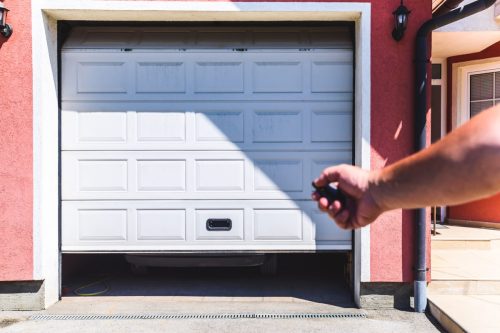
If you have an electric garage door, the first rule of safety is never trying to repair it yourself, says Jon Russell, director of systems at Precision Door Service. Always call in an expert.
But a common issue Russell sees is people trying to release the garage door manually in a power outage or if it's not working properly.
"Either the door is too heavy to lift, or they can't reach the release handle because it's mounted higher than five feet from the floor [for child safety]," he explains. "Sometimes the reverse is true. The door is heavy, they pull the release with the door open, and it crashes to the ground."
